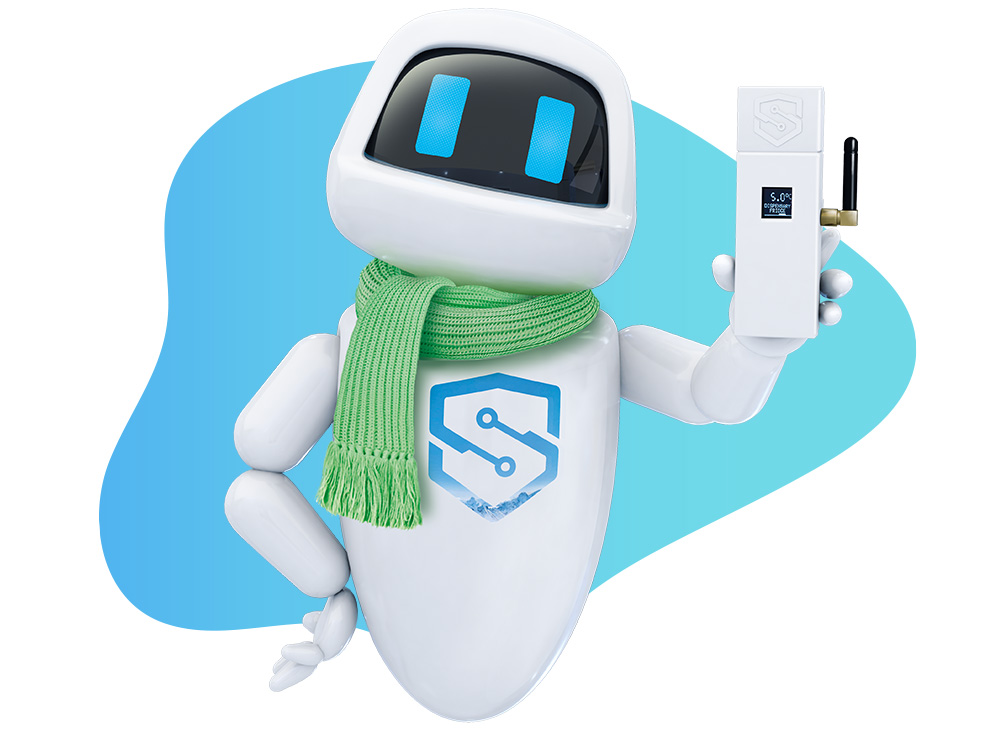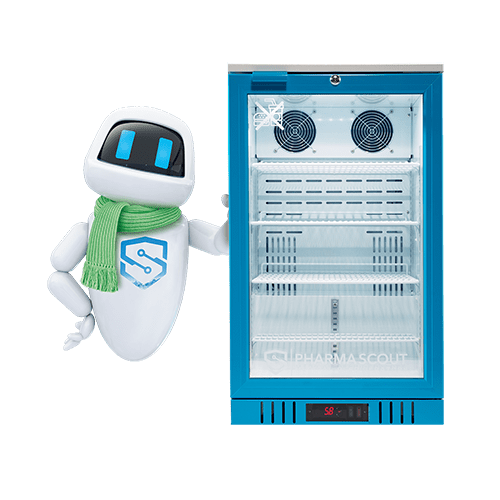Not all medicines and vaccines require the rubber-glove and cold chain treatment but there are the finicky ones that won’t stand for any kind of discrepancies in temperature control.
Below we take a look at vaccine groupings and their preferences for survival.

A quick cold chain recap
The cold chain is the maintenance of an ambient temperature within the acceptable range for the specific vaccine being transported, from its inception in the lab to the various distribution centres, and eventually at the point of administration.
The cold chain applies to vaccines intended for human and animal use, and is maintained by carefully calibrated refrigeration equipment that maintains the ambient temperatures at the required levels throughout the entire journey. Refrigeration equipment, let’s call them fridges, generally fall into pharmaceutical-grade and household-grade categories. Any handler of vaccines should be aiming for pharmaceutical grade equipment. We’re not dealing with milk here.
The main types of vaccines
Regarding their temperature requirements, vaccines can generally be grouped into two types. The frigid type that can’t stand the heat, like at all, and those that prefer temperatures between 2 and 8 degrees Celsius, something like a UK climate.
To complicate things, some vaccines must be kept at temperatures below zero for a certain period of time, and then be shifted to the milder temperature range of 2 to 8°C when stored locally, nearer to the time of being administered. You can see how using household fridges for these purposes can become nightmarish, especially when power outages are thrown into the mix. Some newer vaccines require supernatural temperatures as low as -70°C. In most of these cases, a household-grade fridge simply won’t cut the mustard, obviously.

Let’s check out some temperature requirements for generally administered vaccines
The following information is according to the Pan American Health Organisation.
OPV oral polio, Measles, mumps and rubella, Yellow fever, and Chickenpox vaccines must be stored between -15 to -25°C when stored for longer periods between 3-12 months. At a local level where administration takes place, they must be stored at temperatures in the 2 to 8°C range.
Vaccines like Meningococcal, the various Hepatitis strains, HPV, the flu vaccine, IPV (inactivated polio), and human rabies vaccines require storage between 2 to 8°C.
Even Covid vaccines, developed by the various pharmaceuticals, each have their own temperature requirements.
The Covid vaccine by Pfizer and BioNtech must be stored at -70°C, whereas the Moderna vaccine must be kept at -20°C for up to 6 months.
The vaccine developed by Oxford University and AstraZeneca can be kept at regular fridge temperatures, somewhere between 2 and 8°C, and so too the vaccine developed by Gamaleya in Russia.
The difference between the first two and the last is that the Pfizer and Moderna ones are both messenger RNA vaccines, and the latter two are viral vector vaccines, which decides the temperature controls. In plain speak, this is due to the DNA in vector vaccines being more stable than mRNA in these types of vaccines. It’s not to say the one is better than the other, just that the two have vastly different cold chain requirements.

How do the two differ?
The messenger RNA vaccine hardwires your cells, messages them, if you will, to form the protein found in the Covid-19 virus, which jolts your body into creating antibodies, according to the Mayo Clinic.
Vector vaccines contain actual bits of modified Covid-19 virus mixed in with a modified version of a different virus, the vector. This also activates your body into creating antibodies.
The point is that vaccines have unique requirements that can vary wildly according to the nature of the medicine. Household fridges aren’t made to deal with these unique requirements, and even though more robust vaccines can withstand exposure to these environments, the household grade stuff have no way of alerting the manufacturer or logistics provider, or any other person involved, when the 2 to 8°C zone has been breached due to a power outage or whichever reason.
To see how our range of Pharmascout fridges and monitoring solutions can ensure the potency of vaccines, click here. We offer integrated solutions for mapping, calibration and compliance. Our fridges are monitored remotely and all information is backed up to the cloud.
To see how our range of Pharmascout fridges and monitoring solutions can ensure the potency of vaccines, click here. We offer integrated solutions for mapping, calibration and compliance. Our fridges are monitored remotely and all information is backed up to the cloud.





